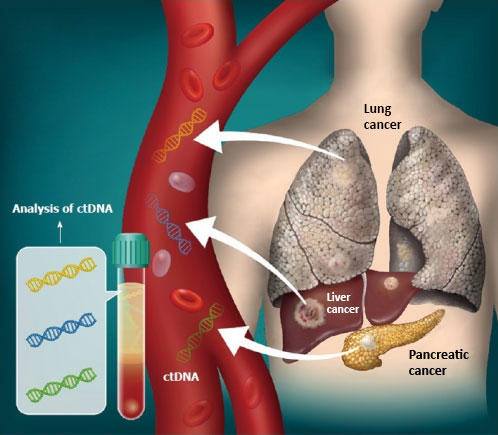Creative Australia has today announced a new two-year initiative that aims to strengthen the role of the arts in health and community care, helping to improve wellbeing and support stronger, more socially connected communities.
The launch today of the Creative Health Alliance Australia coincides with National Loneliness Awareness Week (4-10 August), offering a timely and positive response to the need to reduce loneliness and strengthen social connection.
The initiative brings together partners from the Foundation for Social Health and leading researchers from the Murdoch Children's Research Institute (MCRI) Justice Health Group to lay the foundations for national creative health infrastructure, delivering new tools, support structures and standards to recognise the vital role of creative practitioners in supporting individual and community wellbeing.
Creative Australia initiated the partnership in response to strong demand from the sector and growing evidence of the value of creative health.
Creative Australia CEO Adrian Collette AM said:
"There is growing national and international recognition of the role the arts can play in supporting health and wellbeing. This initiative builds on that momentum, supporting the practitioners already doing this work so they can reach more people and build stronger more connected communities."
Creative Australia Research Fellow and Manager Research Partnerships, Dr Christen Cornell said:
"Our research and sector engagement show that creative health programs are already having powerful impacts in communities across Australia, but often without the recognition and support they deserve. This initiative lays the foundations for a more coordinated and sustainable future for creative health – not as charity or enrichment, but as a core component of Australia's public health future."
The two-year partnership will work to deliver:
- A co-designed national quality framework for creative health.
- A practitioner-facing badge system and toolkit based on the quality framework.
- A searchable database of creative health practitioners.
- Peer mentoring, residencies, and training for creative health workers.
- A robust three-tier fundraising strategy (government, philanthropy, self-generating).
- Sustainable long-term stewardship and coalition-building across clinical, cultural, and community sectors.
Melanie Wilde, CEO of the Foundation for Social Health said:
"We've spent years diagnosing the problem. Now is the time to fund what works — and treat connection as essential infrastructure.
"Australia is behind and it's time to invest in community-based, culturally relevant supports that actually work. We keep telling people to reach out. But what if there's no one there to catch them?
"Creative Australia's leadership support for this work is a critical first step to expanding and developing arts-based approaches as a scalable, non-clinical solution to mental distress."
Professor Stuart Kinner from the Murdoch Children's Research Institute (MCRI) said:
"The latest evidence suggests that three quarters of young people experience clinically significant symptoms of depression and anxiety, and despite their connected digital world are some of the loneliest people in recorded history.
"However, if we can harness the talents, creativity, and hopes of our children and adolescents, we can change the world for the better. Initiatives like this represent a step towards this goal."
As part of the Foundation for Social Health's contribution to the Alliance, it has established a Creative Health Taskforce, led by human rights advocate Nyadol Nyuon and mental health reformer Sebastian Rosenberg. This Taskforce will work with sector leaders to address critical gaps across Australia's arts and health infrastructure.






